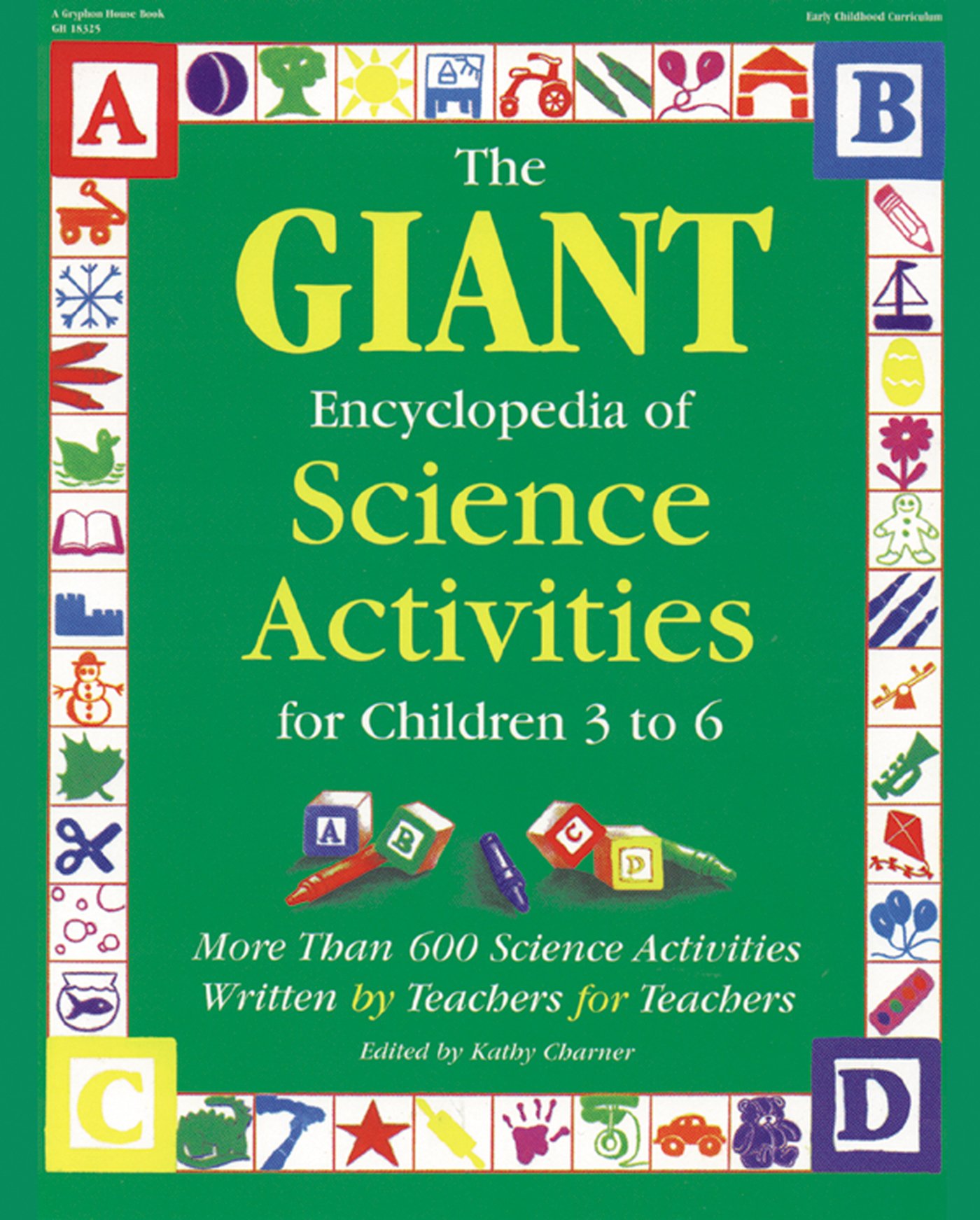Materials
Brown "school" paper towel Water
Medium or large size plastic cups with wide tops, one for each child
Paper clips
Safety pins
Straight pins Tacks
Small keys Toothpicks
Other objects you may want to test
Instructions
1. Cut the paper towel into small pieces, about 2 1/2 " x 1 1/2 " (6.
5 cm x 3.
5 cm). Use brown "school" paper towels, which seems to work best, although regular paper towels work, too.
2. Fill the cups with water.
3. Carefully place a small piece of paper towel on the surface of the water. Holding the paper clip by the ends, carefully place it on the paper towel. It should stay on the surface and not sink. If it sinks, try this step again until it remains on the top of the paper.
4. When the paper clip is on the paper towel and floating, carefully poke around the edges of the paper towel with a toothpick until the towel sinks to the bottom.
5. The paper clip, or the other objects listed above, should float on the water. Surface tension is keeping it on the top. You can see small bubbles around the paper clip.
6. If you poke at the paper clip or other object with the toothpick, it will sink. You have broken the surface tension around the object, thus making it sink since it is heavier than water.
7. Although the paper clip, safety pin and straight pin will work the best, other small metal objects may work, as well. Perhaps trying a small nail, round paper fasteners, small washers, coins or rings may be fun. Ask the children what they think will happen with each object before you try it. Also try objects you know won't float at all to let the children know surface tension will not work with these objects because they are too heavy.More to doMore science: Using this as a "magic" science trick will be fun for kids. First let them put the object in the water without the paper towel, and then you do the experiment with the paper towel. Asking the children why they think this is happening may produce some interesting answers.
